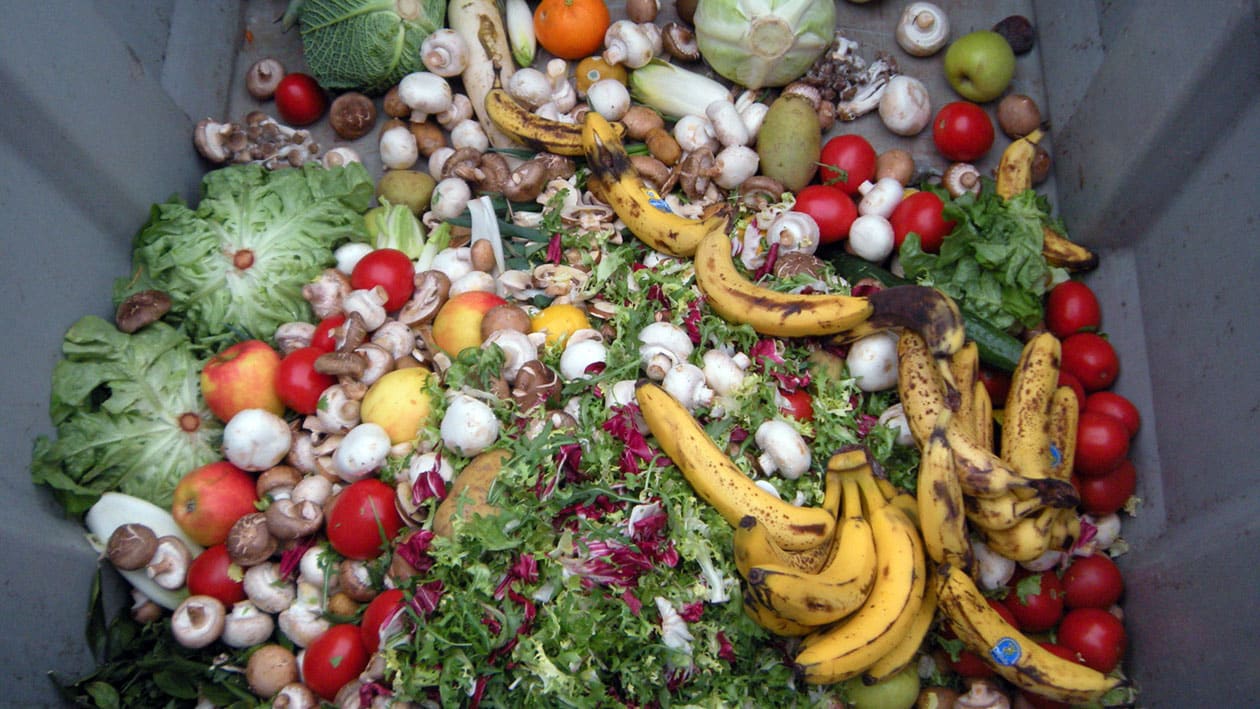Can You Put Food in a Skip Bin?

Right, let’s cut straight to the chase. No, you can’t put food in a skip bin in Australia. Read on to learn why…
Why Food is Off-Limits in Skip Bins
Food waste falls under what the industry calls “putrescible waste” – basically anything that rots and goes off. Skip bin companies across Australia have strict rules about this stuff. When food breaks down, it creates a right mess. It attracts pests, smells awful, and can contaminate other waste that might otherwise be recyclable.
The regulations are pretty clear across the board. Whether you’re in Brisbane, Sydney, Adelaide, or Perth, food scraps are prohibited from general skip bins. This isn’t just some company policy either – it’s backed by proper waste management laws designed to protect both the environment and public health.
What Exactly Counts as Food Waste?
When we’re talking about food that can’t go in skip bins, we mean everything:
- Leftovers and scraps from your kitchen
- Meat, seafood, and dairy products
- Fruit and vegetable peelings
- Coffee grounds and tea bags
- Bread and baked goods
- Anything else you’d normally chuck in your kitchen bin
What Happens If You Break the Rules?
Here’s where it gets expensive for you. If skip bin companies find food waste in your bin, you’re looking at additional fees or they might even refuse to collect it altogether. Some companies will charge you extra disposal costs, while others will simply leave the bin on your property until you sort it out properly.
So Where Does Your Food Waste Go?
Don’t worry, you’re not stuck with rotting food scraps. Australia’s actually got some pretty good systems in place for dealing with organic waste properly.
FOGO Bins – Your Best Mate for Food Scraps
Most councils across Australia now offer FOGO (Food Organics Garden Organics) services. These are those lime-green lidded bins you might have noticed popping up in neighbourhoods. Unlike skip bins, FOGO bins are specifically designed for food waste and garden clippings.
The City of Sydney, for example, has rolled out food scraps recycling to over 22,000 households, with plans to expand to all residents. Cardinia Shire in Victoria offers optional food and garden waste bins for around $128.70 per year. These services turn your food scraps into proper compost instead of letting them rot in landfill and create methane gas.
Commercial Food Waste Solutions
If you’re running a business, there are specialised services for that too. Companies like Veolia offer dedicated food waste collection using proper containers designed for organic waste.
A Bit of Industry Insight
Having worked around the waste management industry for years, I can tell you that food contamination is one of the biggest headaches for skip bin operators. You wouldn’t believe how often we’d get calls about bins that couldn’t be collected because someone had chucked their kitchen scraps in with the building waste. It’s not just about following rules, contaminated loads often mean entire bins full of potentially recyclable material end up going straight to landfill instead.
The thing is, most people don’t realise that skip bins are designed for specific types of waste. They’re brilliant for renovation debris, furniture, garden waste (the dry stuff), and general household items. But the moment food waste gets mixed in, it changes the whole disposal process.
What You CAN Put in Skip Bins
Just to be clear, skip bins are still fantastic for heaps of other stuff:
- Furniture and white goods
- Renovation waste like timber and tiles
- Garden waste (branches, leaves – the dry stuff)
- Cardboard and paper
- Old clothes and toys
- General household clutter
The key is keeping your waste streams separate. Food scraps go in your FOGO bin or regular council collection, everything else can go in your hired skip.
Looking Ahead – New Rules Coming
Things are changing pretty quickly in the food waste space. NSW is bringing in mandatory commercial food waste collection from July 2026 for large businesses. This means supermarkets, hospitals, and big hospitality venues will have to separate their food waste properly. It’s all part of Australia’s push to reduce food waste by 50% by 2030.


